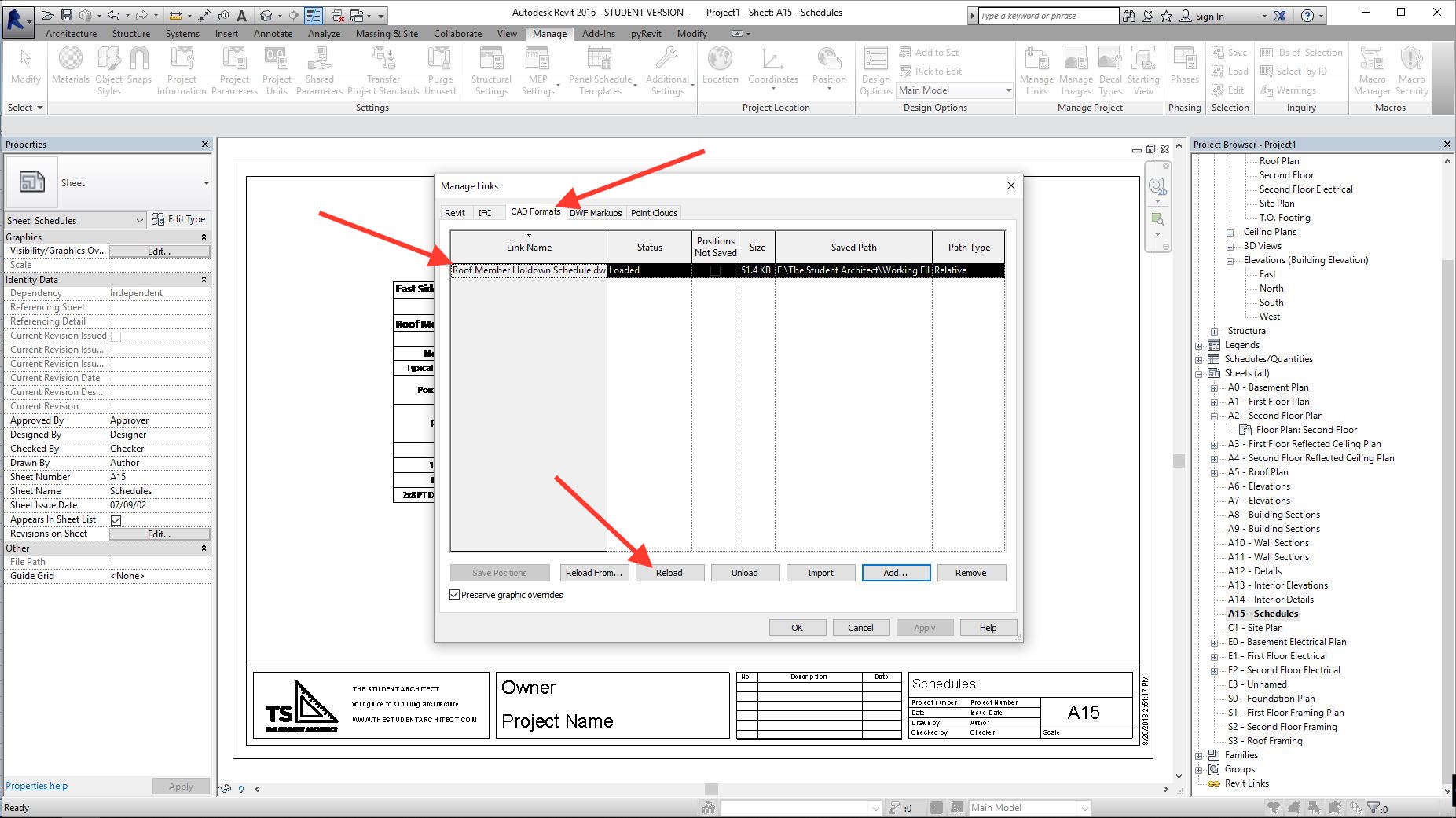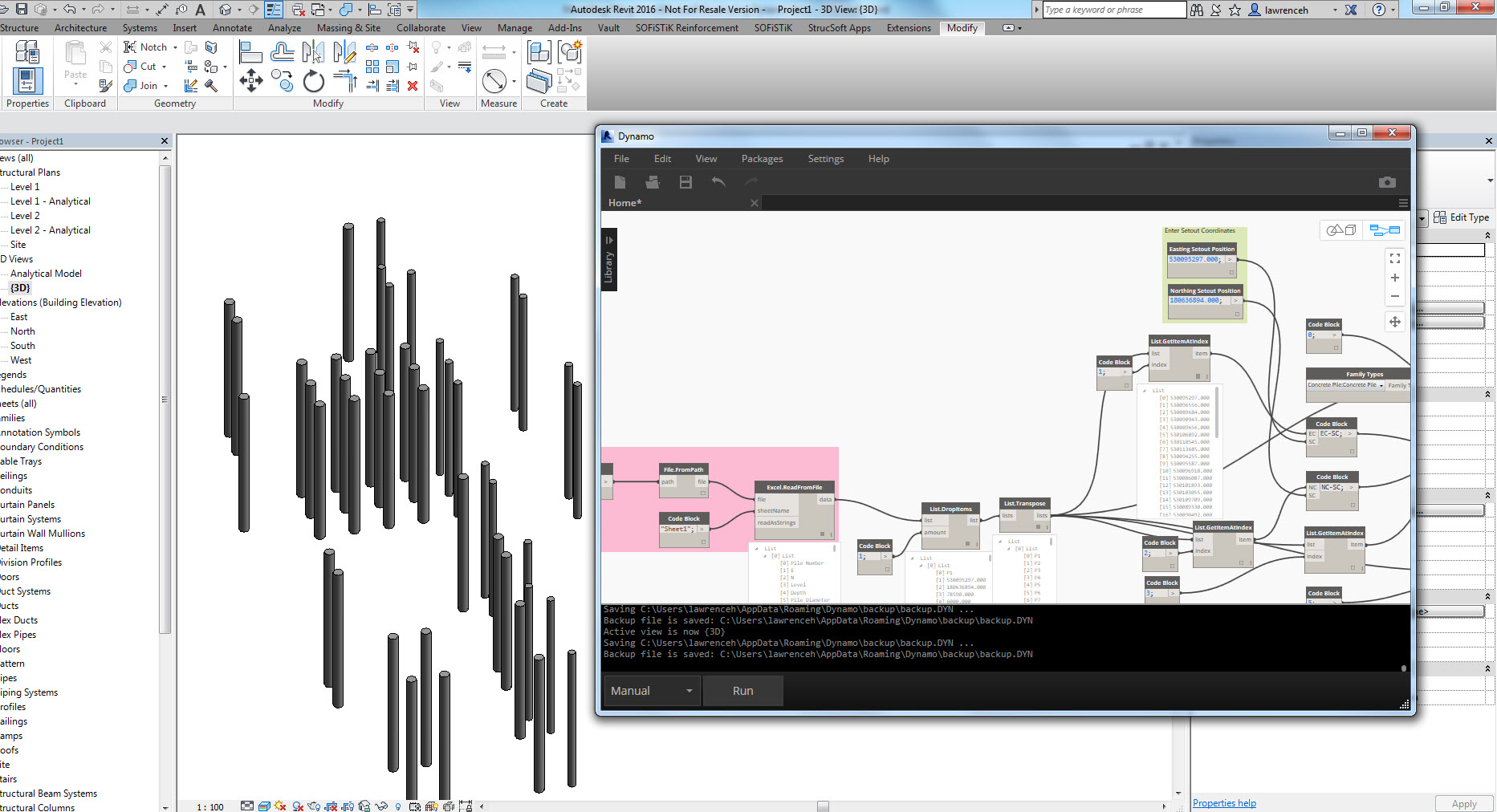Revit Plugins and Tools: Enhancing Your BIM Experience
Wiki Article
Understanding the Art of Data Combination: How to Seamlessly Import Excel Data Into Revit
Are you struggling to import Excel data right into Revit smoothly? Look no more! In this post, we will certainly direct you via the process of grasping the art of information integration. Discover the significance of smooth integration in Revit and explore the Excel data layout for Revit integration. Get all set to prepare your Excel information effortlessly and follow our step-by-step guide to import documents right into Revit. With our best methods, you'll accomplish information integration success quickly. Let's begin!Recognizing the Importance of Data Integration in Revit
Understanding the significance of data combination in Revit is vital for smooth importing of Excel documents. When you incorporate information from Excel right into Revit, it enables you to effectively handle and update info throughout the entire project. This assimilation makes certain that your layout and building and construction procedure is up-to-date and exact.By incorporating data, you can easily import and update criteria, timetables, and even geometry in Revit. This eliminates the need for hand-operated information entrance, saving you time and lowering the threat of errors. With Revit's data assimilation capacities, you can preserve consistency and precision in your job, while also boosting partnership among group participants.

Discovering the Excel File Format for Revit Integration

In order to efficiently incorporate Excel files into Revit, it is crucial to make certain that the information is formatted properly. This includes appropriately classifying columns and rows, along with structuring the data in a manner that works with Revit's information schema. Revit makes use of certain specifications and categories to arrange data, so it is important to straighten the Excel data with these parameters to make certain a smooth integration.
In addition, it is essential to note that Revit just supports particular data kinds when importing from Excel. These include message, numbers, and dates. Any various other data kinds, such as formulas or conditional format, will not be acknowledged by Revit and may trigger issues throughout the integration procedure.
Preparing Your Excel Data for Seamless Import Into Revit
To make sure a smooth integration process, you'll need to appropriately layout and tag the columns and rows in your Excel data before importing it into Revit. Begin by examining your Excel data and determining which rows and columns have relevant information for your Revit project.Next, guarantee that the data in each column is appropriately formatted. For instance, if you have a column for measurements, make certain that all measurements are continually formatted in the very same units of measurement. Revit counts on regular format to properly analyze and import information.
Furthermore, it is necessary to look for any type of empty cells or disparities in your data. Revit may not have the ability to review or import information from cells that are empty or include errors. Therefore, it is recommended to review your Excel information and cleanse up any type of disparities before importing it right into Revit.
Step-By-Step Overview to Importing Excel Data Into Revit
Once you have actually appropriately formatted and labeled your Excel information, you can quickly import it right into Revit by following this step-by-step overview. To begin, open Revit and browse to the "Insert" tab. import excel into revit.Following, a dialog box will show up, allowing you to personalize the import settings. Right here, you can pick the worksheet you intend to import, define the series of cells to import, and pick the suitable devices for your data. As you could try these out soon as you've made your options, click "OK" to continue.
Revit will currently display a preview of your Excel information. Take a moment to make sure and evaluate the sneak peek that everything looks right. If required, you can site make adjustments to the import setups by clicking the "Settings" button.
Ideal Practices for Data Combination Success in Revit
Make certain you comply with these finest techniques to guarantee effective assimilation of data in Revit. Primarily, it is critical to organize your data in Excel prior to importing it right into Revit. This means making sure regular calling conventions, proper formatting, and precise information depiction. Next off, use Revit's integrated tools for data mapping. This will enable you to match the columns in your Excel data with the equivalent criteria in Revit. Be conscious of the devices and data types when mapping the data, as any inconsistencies can cause mistakes in the combination procedure.One more important technique is to on a regular basis validate and upgrade your data. Additionally, make usage of data recognition tools within Revit to identify any kind of errors or incongruities in the incorporated data.
Last but not least, it is suggested to develop a clear process for information combination. This includes specifying responsibilities and duties, establishing an interaction channel in between team members, and developing a routine tempo for data updates and testimonials. By following these ideal practices, you can make sure a effective and seamless assimilation of data in Revit, eventually boosting the performance and accuracy of your job.
Verdict
To conclude, understanding the art of data combination is critical for seamless import of Excel files right into Revit. Understanding the significance of information integration in Revit is the initial step in the direction of successful integration. Checking out the Excel documents format for Revit combination assists in recognizing the restrictions and needs. Preparing the Excel information correctly and adhering to a detailed overview is essential for a smooth import process. By complying with finest techniques, you can make certain data integration success in Revit and make the most out of your project.When importing data from Excel right into Revit, it is important to understand the file layout and just how it can influence the assimilation procedure (revit plugins). Revit utilizes specific parameters and classifications to organize data, so it is vital to line up the Excel information with these parameters to guarantee a seamless combination
Be conscious of the information and units kinds when mapping the data, as any type of disparities can lead to errors in the assimilation process.
Additionally, make use of data validation devices within Revit to revit tools identify any mistakes or incongruities in the incorporated data.

Report this wiki page